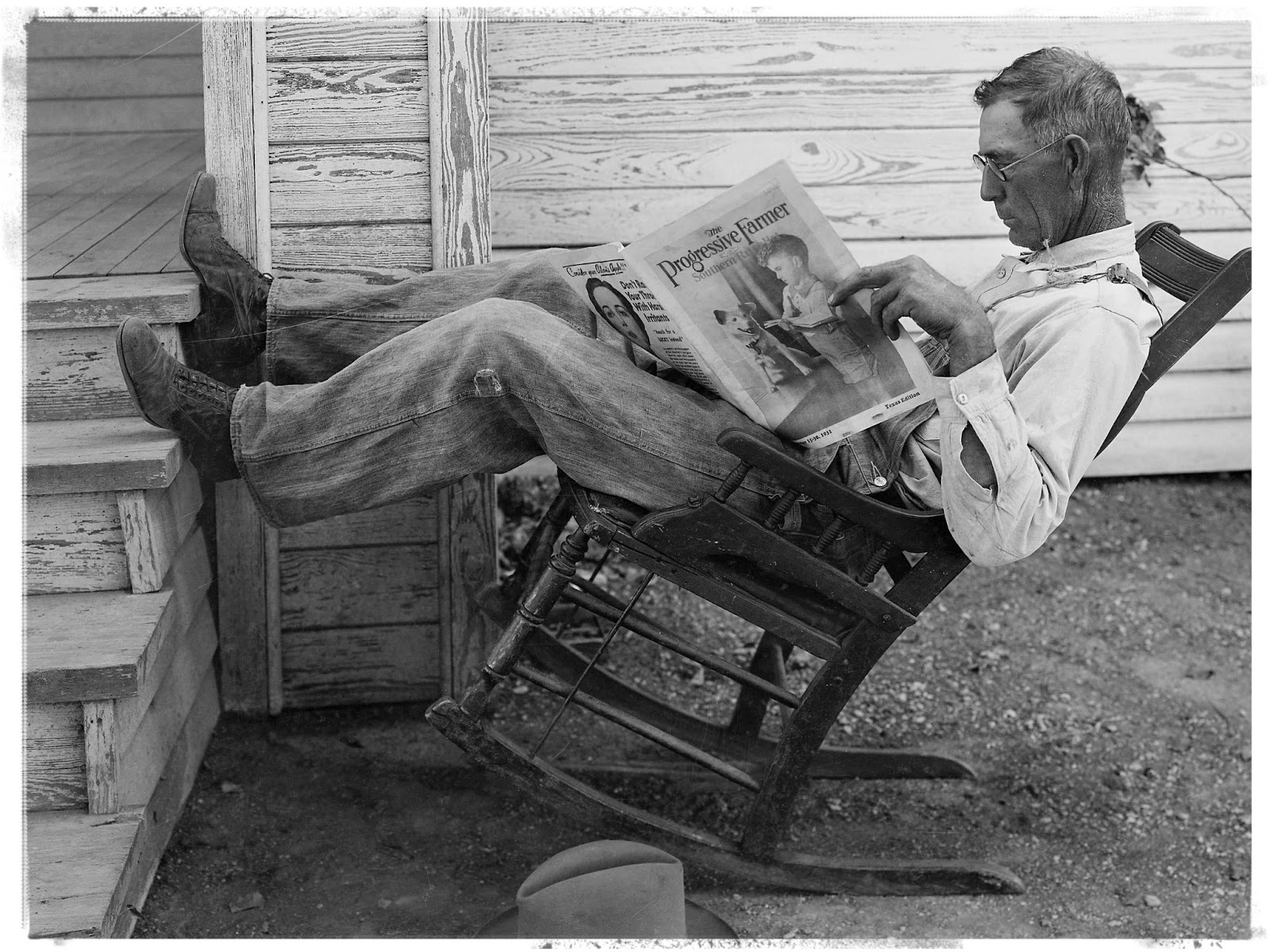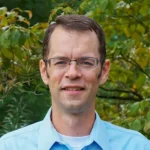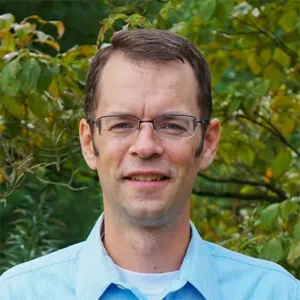“Generations.” Plough’s new issue is out, and while I’m waiting to read it until my physical copy shows up, Peter Mommsen’s opening editorial, probing the yearning for roots and the ways in which we avoid or cultivate these, whets my appetite: “The “pervasive rootlessness” that [Alex] Haley identified afflicts not only America, but also virtually everywhere that modernity has touched. Whatever occasional interest people may take in their family history is too weak to overcome a far stronger current of indifference bordering on hostility toward the past.”
“No Other Options.” In this tragic essay Alexander Raikin details the culture of death that is developing around Canada’s euthanasia regime: “Important people — prominent politicians, physicians, and judges — promised Canadians that their rights to autonomy would be expanded. But the picture that emerges is not a new flowering of autonomy but the hum of an efficient engine of death.”
“Young Adults are Struggling with their Mental Health. Is more Childhood Independence the Answer?” Holly Korbey describes the effects of less childhood independence and risk: “While it’s hard to point to a single cause, experts say a confluence of factors — including more time spent on smartphones and social media, less time for free play, a culture that prizes safety at the expense of building other characteristics, a fear of child kidnapping, and more adult-directed activities — together have created a culture that keeps kids far away from the kinds of experiences that build resilience.”
“My AI Spiritual Director.” Ian Harber and Patrick Miller compare the information stream created by AI writing to hyperinflation: “The information age has had an inflationary effect on the subjective value of information. The more information we have easy access to, the less valuable that information becomes — both monetarily and subjectively. . . . While people love to issue jeremiads about lower attention spans, and the shift from literacy to orality, I wonder if these critiques miss the more fundamental problem: we didn’t rewire our brains for shortform content because we like it. We did it because we’re awash in information.” (Recommended by Austin Hoffman.)
“Lead and Cadmium Could Be in Your Dark Chocolate.” Kevin Loria explains new findings from Consumer Reports about heavy metals that accumulate in cocoa and are present at relatively high levels in many dark chocolate bars.
“The King of Cups.” Tara K. Menon has been writing excellent dispatches about the recently concluded World Cup. Her final essay is no exception: “What makes football so gorgeous and so moving is that it offers us an opportunity to watch great athletes in sync, to see them move together as if they can read each other’s minds, to witness individuals becoming more than the sum of their parts.”
“Great, Beautiful, Terrifying.” Joy Williams wrestles with Cormac McCarthy’s two new books: “Perhaps the business of The Passenger, for all its somber romanticism and Gnostic leanings, is to defer to this unconsciousness, to give shape to that which might well be the soul, or at least its most faithful companion.”
“Disaster Scenarios Raise the Stakes for Colorado River Negotiations.” Joshua Partlow reports on the increasingly desperate negotiations over the dwindling water in the Colorado River: “In 1999, Lake Mead and Lake Powell, the two largest reservoirs in the country, held 47.6 million acre-feet of water. That has fallen to about 13.1 million acre-feet, or 26 percent of their capacity. . . . Federal officials have projected that, as soon as July, the level in Lake Powell could fall to the point where the hydroelectric plant inside the Glen Canyon Dam could no longer produce power, and then keep falling so that it would become impossible to deliver the quantities of water that Southwest states rely on.”
“There Is No Mary Problem in ‘It’s a Wonderful Life.’” Clare Coffey rewatches It’s a Wonderful Life and argues that Mary is the film’s visionary and protagonist: “George’s life is shaped by a recurring characteristic act: the heroic acquiescence to duty when circumstances require it. But Mary sees the greater vision from the start. She is determined that George will lasso the moon, even if she is the only one who can see it in the sky.”
“Splinters in their Charms.” Boris Dralyuk reviews A.E. Stallings new book of selected poems and commends her prosody and the imaginative way in which she imbues mythic women with new life: “Rooted in Athens for more than twenty years, the American-born Stallings has not forgotten the song that imbued her earlier work.”
“Bacon Bacon Shakespeare Spy.” In a fascinating essay exploring Delia Bacon’s 19th-century theory that Francis Bacon was in fact the author of Shakespeare’s plays, Sam Kahn delves into the meaning of scientific progress and ponders how this odd but brilliant woman might help us better judge technology: “even if they often had trouble understanding her, and never took her authorship theory too literally, [her supporters] seemed to recognize that she was on to something: the compelling idea that the engine of modern history had been set in motion sometime around 1600, that Francis Bacon’s scientific project was at the center of it, and that by a sort of deft intellectual reorientation it might be possible to move oneself out of the grip of a dehumanizing materialism and into a more humane mode of approaching the world.”
“What Comes Next for the Most Empty Downtown in America.” Conor Dougherty and Emma Goldberg report on the current state of downtown San Francisco, which indicates that the Richard Florida recipe for urban growth may no longer be viable: “Today San Francisco has what is perhaps the most deserted major downtown in America. On any given week, office buildings are at about 40 percent of their prepandemic occupancy, while the vacancy rate has jumped to 24 percent from 5 percent since 2019. . . . This has made the San Francisco area something of a test case in the multibillion-dollar question of what the nation’s central business districts will look like when an increased amount of business is done at home.”




